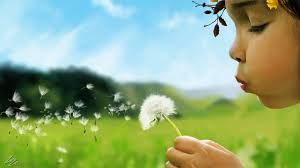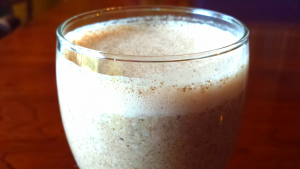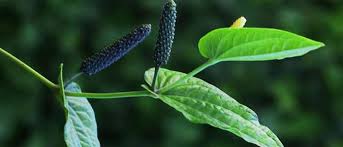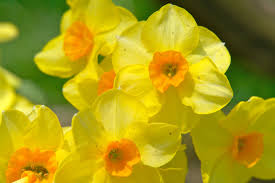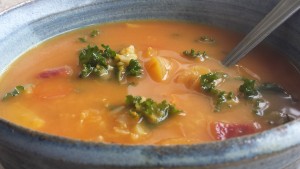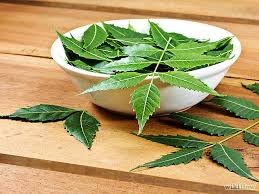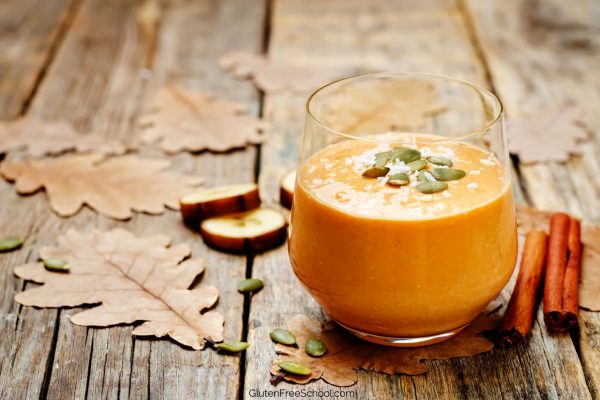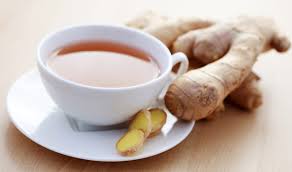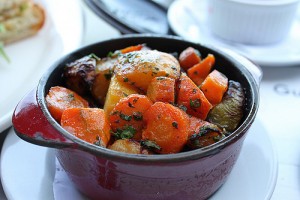Allergies, or "asatmya" as it is known in Ayurveda, is a condition of hypersensitivity typically caused by a weak digestive fire (agni), as well as a depleted immune system (ojas). ... read more →
This quick, easy, and incredibly delicious homemade hemp milk is officially my latest addiction. This “milk” is packed with energizing omega-3s, hemp protein, and antioxidants and makes a great superfood,... read more →
Pippali is a very diverse essential in the world of Ayurvedic medicine. The name itself means “to drink and digest,” revealing one of its main benefits: Increasing the digestion and... read more →
Spring is such an amazing time of year. The weather becomes warmer, the days longer and new life is blossoming all around. It is a time of rebirth for the... read more →
Dal is the Sanskrit term for an Indian soup made from a split bean with its skin removed such as the red lentil. Because of these properties, red lentils are... read more →
Neem leaf is quite possibly one of the most bitter herbs I have come across in my experience with Ayurvedic herbology. In fact, just the smell of this herb will... read more →
As an Ayurvedic practitioner, one of the hardest parts of my job is to tell a client that their beloved raw smoothie may not be healthy for them. Trying to... read more →
Kapha Dosha is the soft, yet powerful energetic force residing in the body, comprised of both the Earth and Water elements. Kapha is typically considered the stable, sturdy, gross (as... read more →
This earthy, grounding, Vata-soothing dish is a great option for the fall and winter months or anytime Vata dosha is high. This colorful array of roots and vegetables is a... read more →
Pitta dosha is the biological energy that is manifested from the Fire and Water elements. As the governor of "fire," Pitta is considered the transformational factor in the body, whether... read more →

